Home>Ideas and Tips>How To Design A Shade Garden
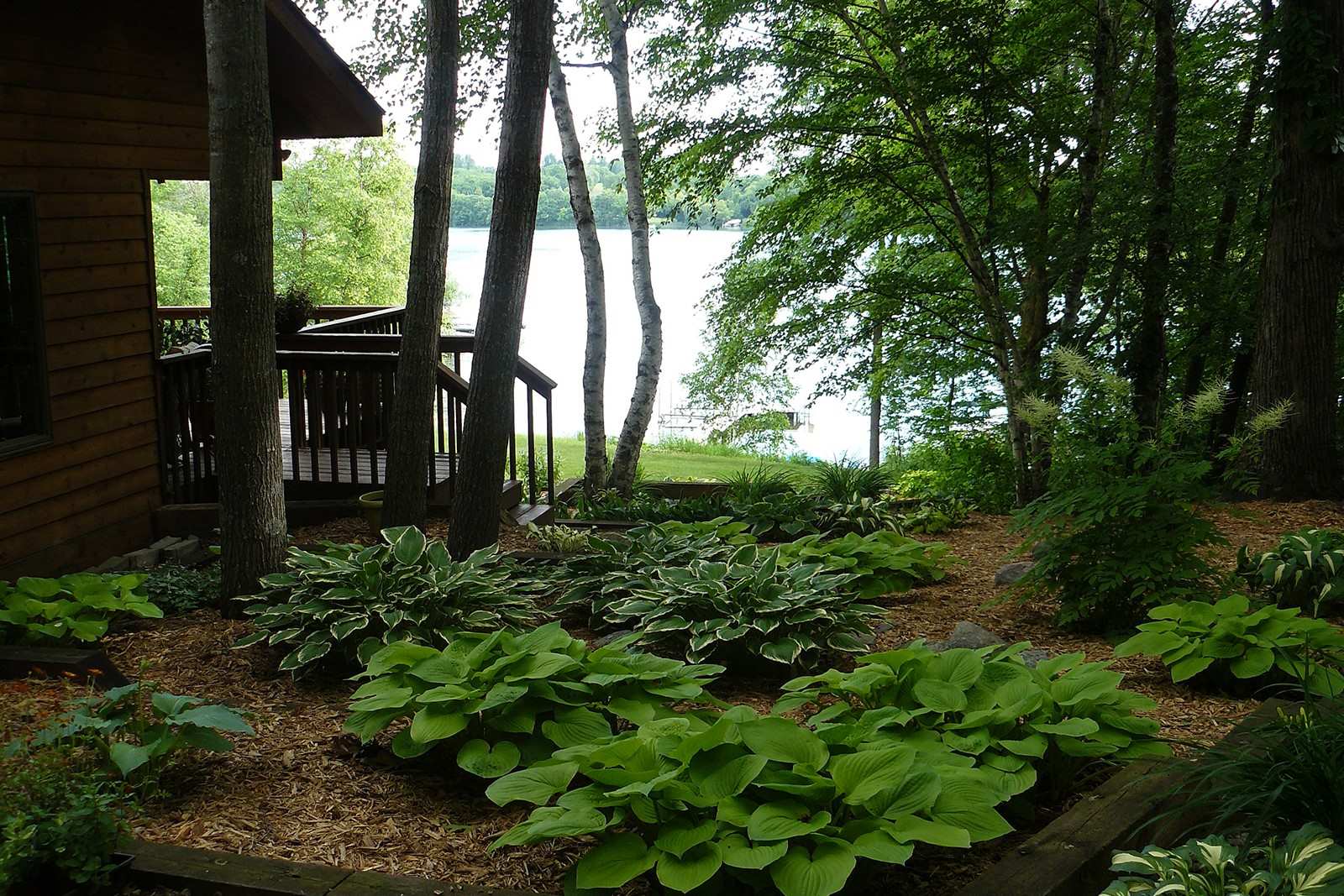

Ideas and Tips
How To Design A Shade Garden
Published: September 4, 2024
Learn how to design a lush, vibrant shade garden with our expert tips on plant selection, garden layout, and maintenance for year-round beauty.
(Many of the links in this article redirect to a specific reviewed product. Your purchase of these products through affiliate links helps to generate commission for Storables.com, at no extra cost. Learn more)
Creating a shade garden is a wonderful way to transform a shaded area of your yard into a lush, vibrant, and serene space. Shade gardens can thrive in areas with partial to full shade, making them perfect for spots under trees, along fences, or even in courtyards. In this article, we will guide you through the process of designing a beautiful and thriving shade garden.
Understanding Your Shade
Before you start designing your shade garden, it's essential to understand the type of shade you have. Shade can vary from dappled to deep, and it can change throughout the day. Dappled shade, for example, is created by the filtering of sunlight through tree leaves, while deep shade is found under dense tree canopies or structures like gazebos.
Assessing Light Levels
- Dappled Shade: This type of shade is ideal for many plants that prefer partial shade. It allows some sunlight to filter through, providing enough light for most plants to photosynthesize.
- Deep Shade: Plants that thrive in deep shade often require less maintenance and can tolerate less light. They might not bloom as much, but they will still provide lush foliage.
Observing Your Site
- Walk the Site: Spend time walking around your shaded area to observe how the light changes throughout the day. Note any areas that receive more or less sunlight.
- Identify Existing Features: Look at the natural features of your site, such as the shape of the ground, any existing plants, and the direction of sunlight.
Choosing Shade-Loving Plants
Selecting the right plants is crucial for a thriving shade garden. Here are some tips for choosing shade-loving plants:
Diversify Your Plant Portfolio
- Long Season of Color: Choose plants that have a long season of color and interest. This will ensure your garden remains vibrant throughout the year.
- Variety of Textures: Incorporate plants with different textures to add depth and interest to your garden.
- Native Plants: Consider using native plants which are adapted to your local climate and soil conditions, making them easier to care for.
Read more: How To Make Shade On Porch
Specific Shade-Loving Plants
- Coleus (Solenostemon scutellarioides): These annuals come in a variety of colors and patterns, adding a pop of color to your shade garden.
- Persian Shield (Strobilanthes dyerianus): This plant has beautiful, iridescent leaves that add an unexpected touch to your garden.
- Hostas (Hosta spp.): These versatile plants come in various sizes and have beautiful foliage that can be used as ground cover or accent plants.
- Ferns (Various species): Ferns are perfect for adding a lush, green element to your shade garden.
- Hellebores (Helleborus spp.): Commonly known as Christmas roses, these flowering plants bloom in late winter to early spring, adding early color to your garden.
Designing Your Shade Garden
Creating Curved Garden Beds
- Natural Look: Curved garden beds mimic the natural shape of a forest floor, creating a calming and inviting atmosphere.
- Hiding Edges: Curved beds hide part of the garden from view, encouraging exploration and discovery.
Formal Shade Gardens
- Boxwood Hedges: Boxwood hedges can be used to create formal, square garden beds that are perfect for plants that prefer less sunlight.
- Edging: Use boxwood hedges to edge your garden beds, providing a clean and structured look.
Read more: How To Design A Rock Garden
Adding Garden Paths
- Leading Eyes: Garden paths lead your eyes (and feet) in the direction you want them to go, creating a sense of journey through your garden.
- Encouraging Exploration: Paths that disappear around corners or lead to hidden areas encourage exploration and discovery.
Creating a Place to Relax
- Bench or Patio: Adding a bench or installing a small patio or deck provides a place to stop and enjoy the serenity of your shade garden.
- Hammock: Hanging a hammock creates a secret outdoor room that feels secluded and inviting.
Planting Layers
To create the beautiful, lush look associated with shade gardens, you need to plant in layers:
Shrubs as the Backbone
- Evergreen Shrubs: Evergreen shrubs like rhododendrons, azaleas, and hydrangeas provide structure even in winter.
- Taller Shrubs: Use taller shrubs as the backbone of your garden, filling in gaps and providing height.
Read more: How To Design A Cut Flower Garden
Adding Height with Vines
- Trellises or Posts: Provide structures like trellises or posts for vines to grow on, adding height and bridging gaps between shrubs and trees.
- Natural Look: Let vines grow up into bushes and trees for a natural, effortless look.
Including Taller Perennials
- Color and Texture: Taller perennials like astilbe, ferns, and hellebores add color and texture to your garden beds.
- Layering: Place these plants around the base of taller shrubs and trees to create depth.
Using Ground Cover
- Lush Feel: Fill in the bottom layer with ground cover plants like creeping thyme, vinca minor, or pachysandra.
- Moisture Retention: Ground cover helps retain moisture in the soil longer, reducing the need for frequent watering.
- Weed Control: It also helps keep weeds to a minimum, reducing maintenance.
Filling Gaps with Mulch
- Natural Mulch: Use double-ground hardwood mulch that is free from additives and chemicals.
- Improving Soil Quality: As mulch decomposes, it improves soil quality by adding nutrients and retaining moisture.
Read more: How To Design A Low-Maintenance Landscape
Maintenance Tips
Watering
- Consistent Moisture: Shade gardens often require consistent moisture levels, especially during hot summer months.
- Avoid Overwatering: Be cautious not to overwater, as this can lead to root rot and other issues.
Fertilizing
- Balanced Fertilizer: Use a balanced fertilizer that is formulated for shade-loving plants.
- Seasonal Application: Apply fertilizer seasonally, following the instructions on the package.
Pruning
- Regular Pruning: Regular pruning helps maintain the shape of your plants and encourages new growth.
- Deadheading: Remove spent flowers (deadheading) to encourage more blooms and keep your garden looking tidy.
Read more: Cottagecore Aesthetic: How To Nail The Look
Conclusion
Designing a shade garden is a creative and rewarding process that can transform any shaded area into a beautiful and thriving space. By understanding your shade, choosing the right plants, designing your garden thoughtfully, and maintaining it properly, you can enjoy a lush and vibrant shade garden all year round. Whether you prefer a natural, curved look or a more formal design with boxwood hedges, there are countless ways to create a stunning shade garden that reflects your personal style and enhances your outdoor living space.
Additional Resources
For more detailed information on specific plants or design elements, consider visiting websites like Garden.com or Gardener's Oasis. These resources offer a wealth of information on various gardening topics, including shade garden design and maintenance tips.
By following these steps and tips, you'll be well on your way to creating a stunning shade garden that brings joy and serenity to your outdoor space. Happy gardening
Was this page helpful?
At Storables.com, we guarantee accurate and reliable information. Our content, validated by Expert Board Contributors, is crafted following stringent Editorial Policies. We're committed to providing you with well-researched, expert-backed insights for all your informational needs.
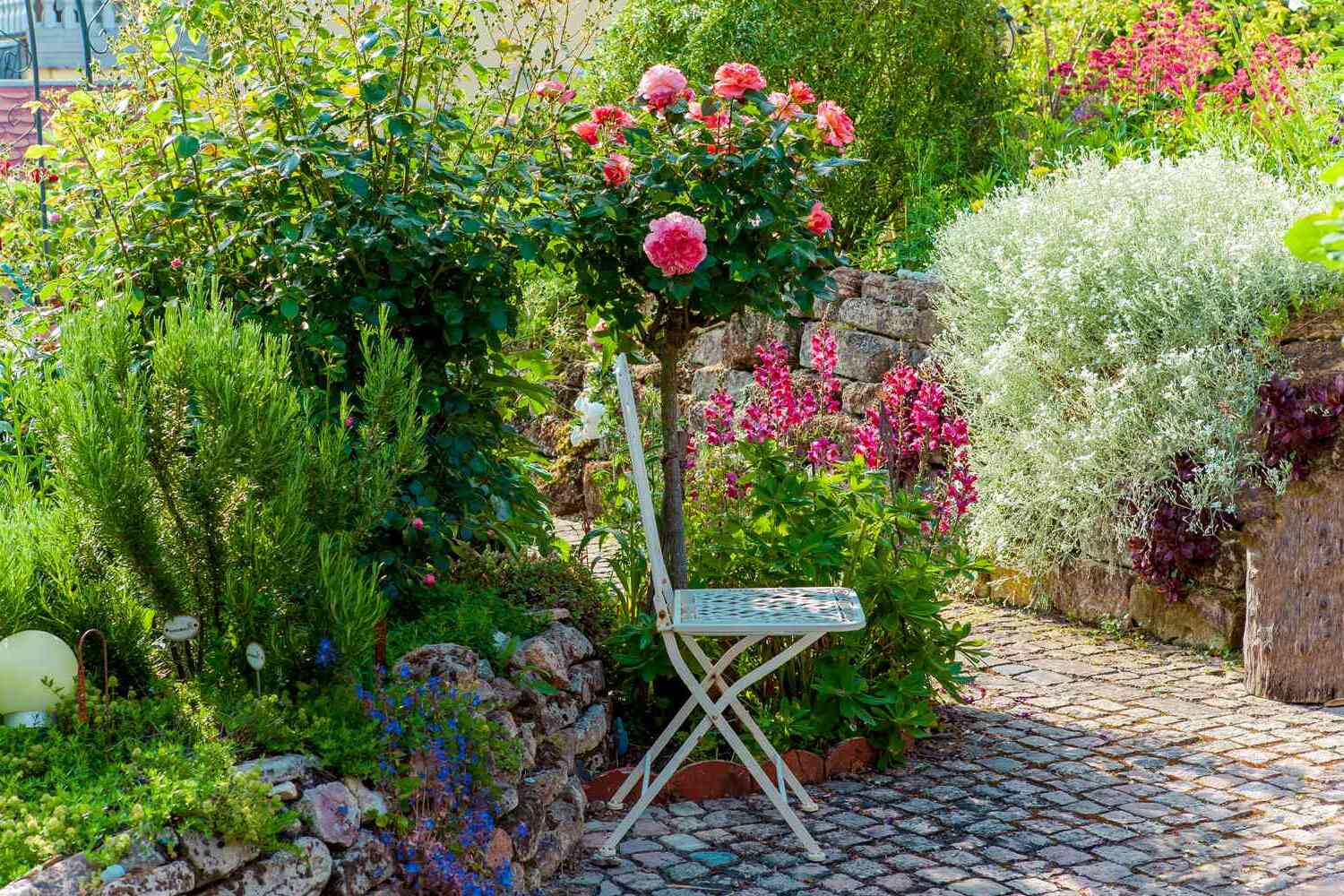
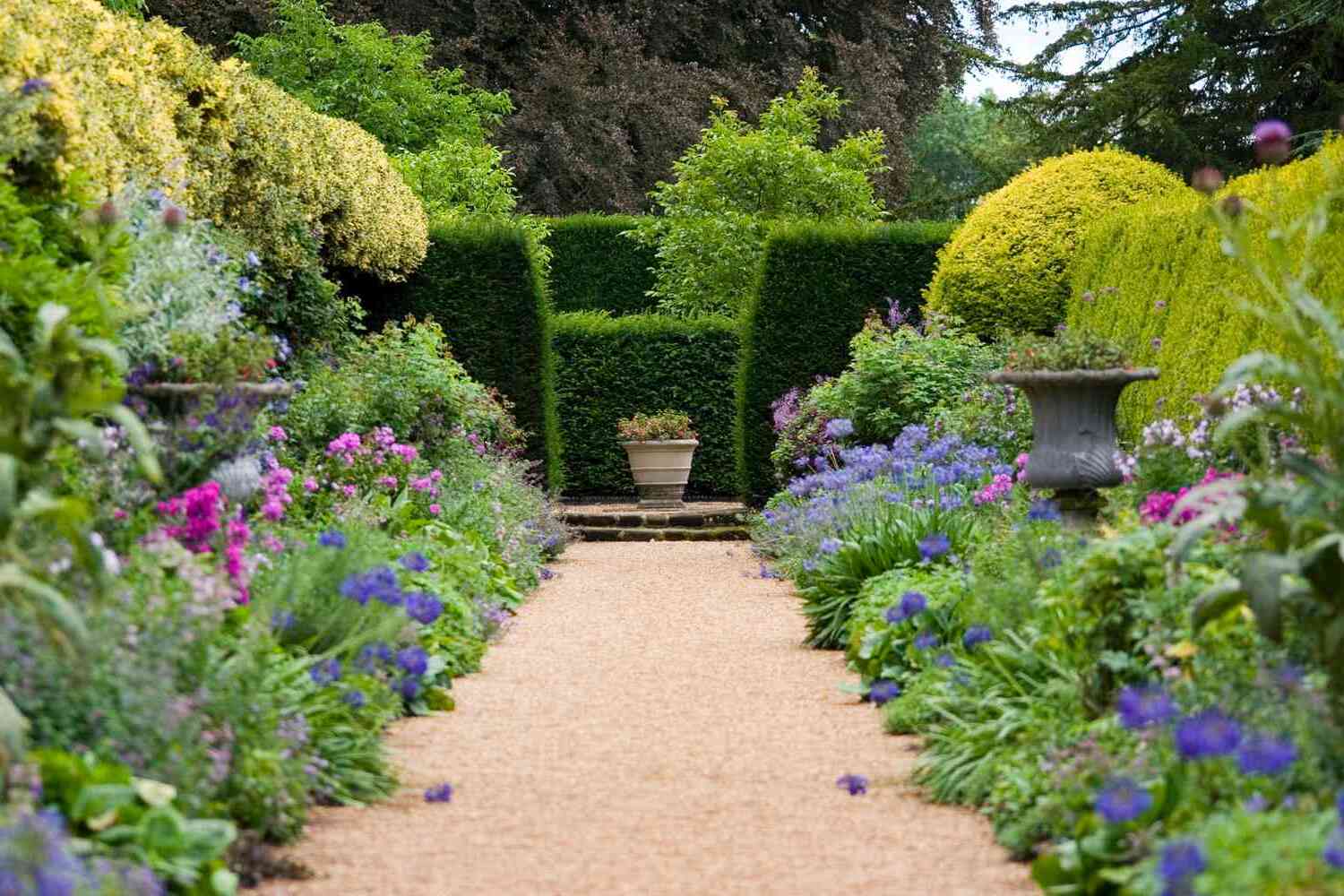
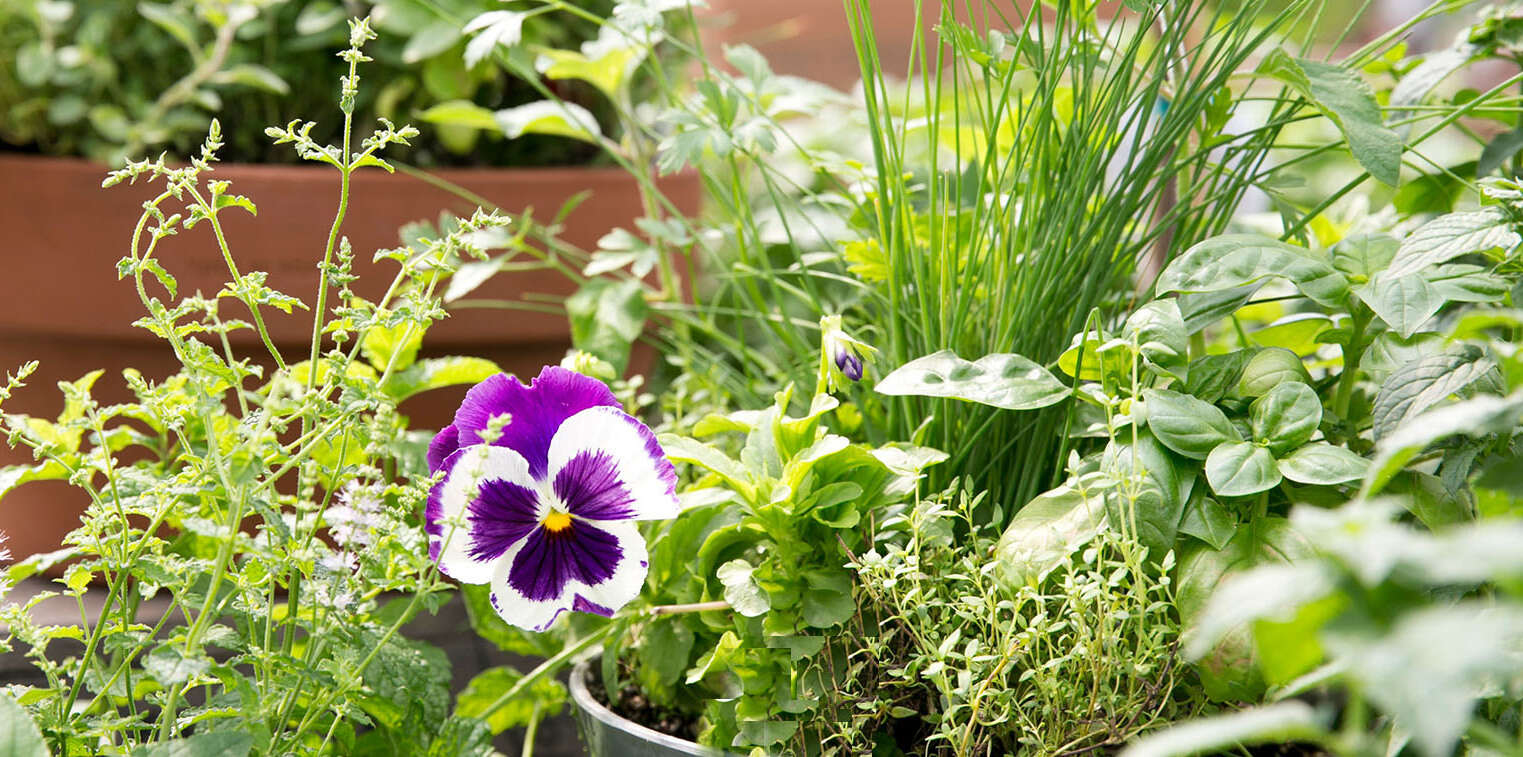
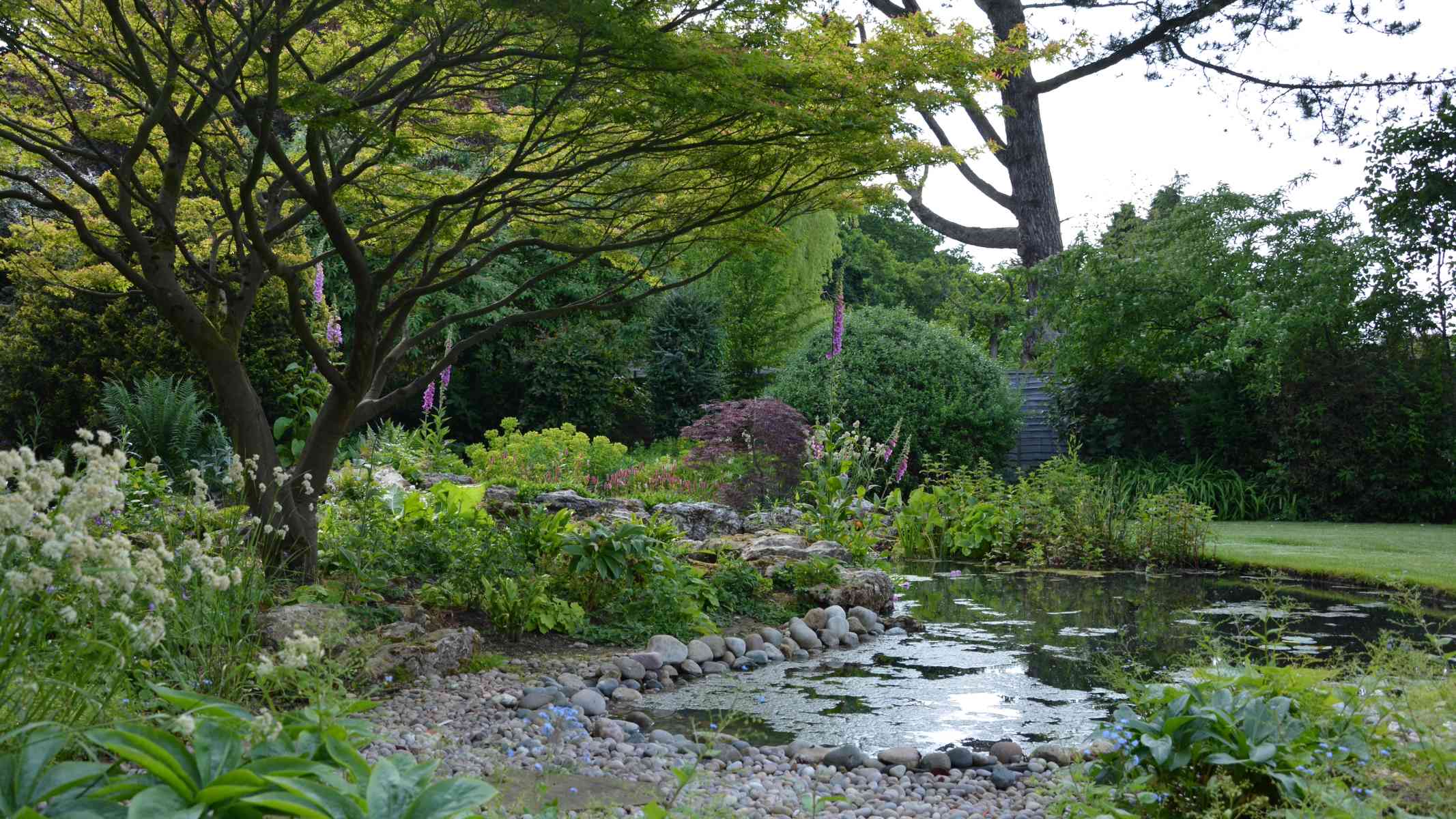
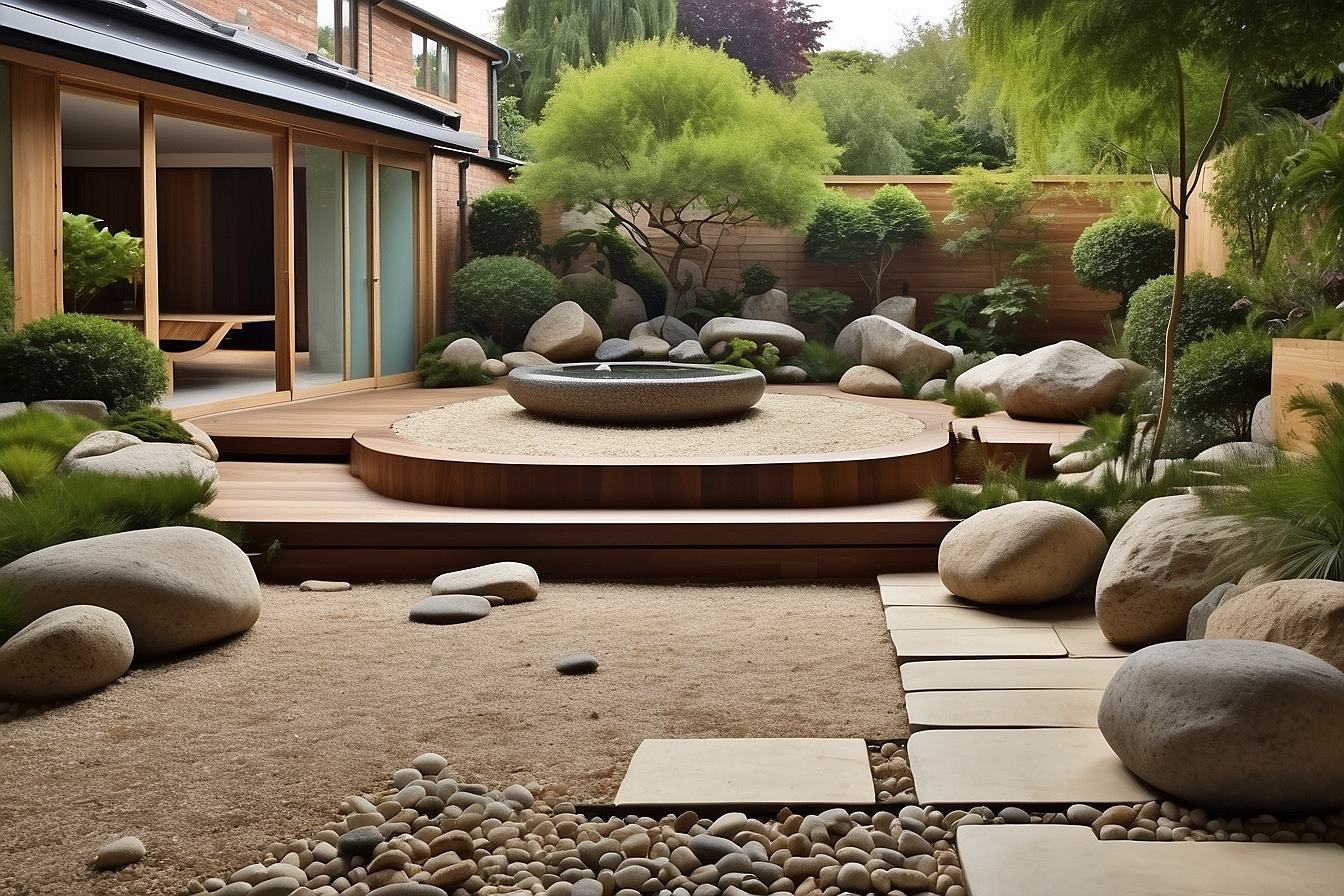
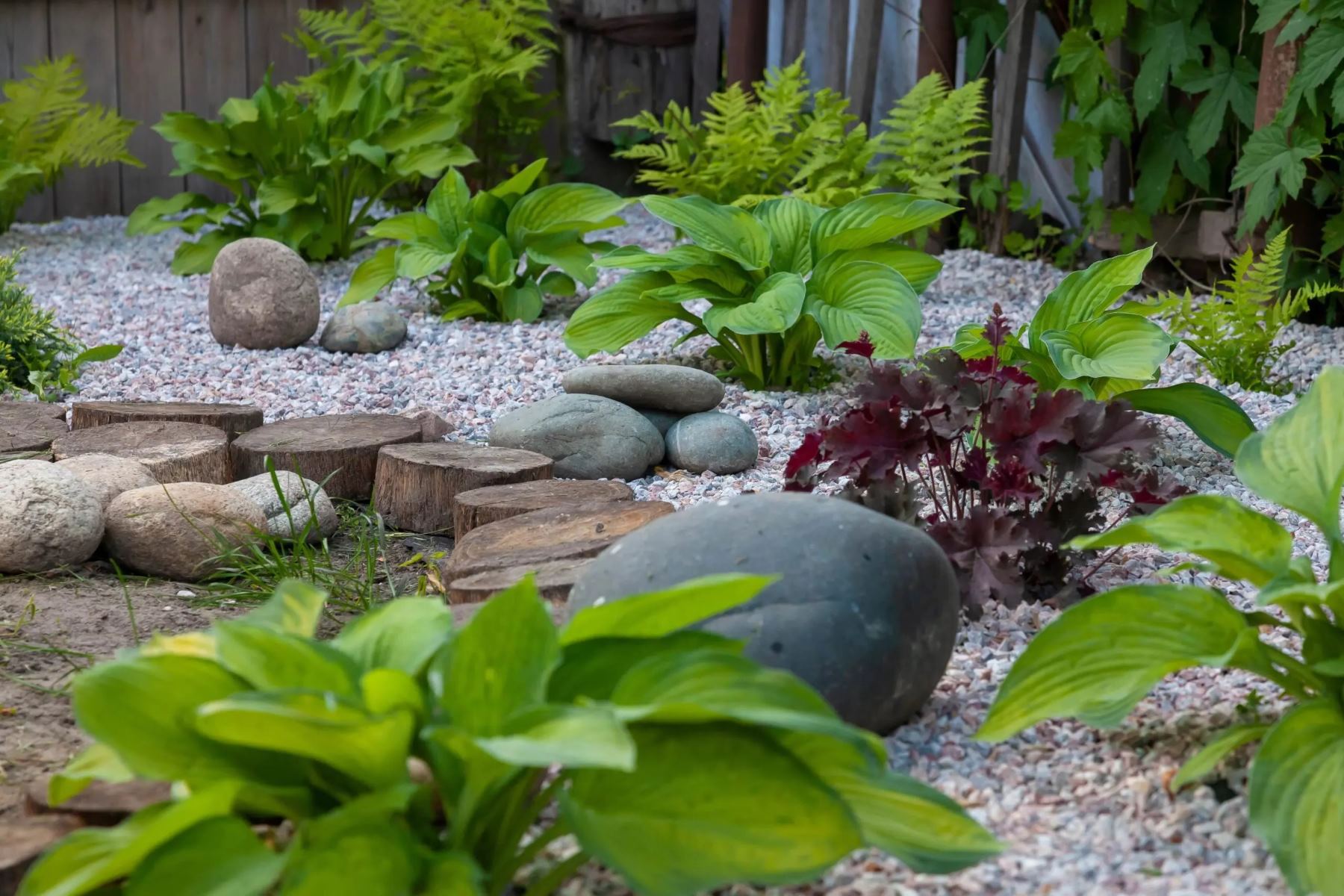
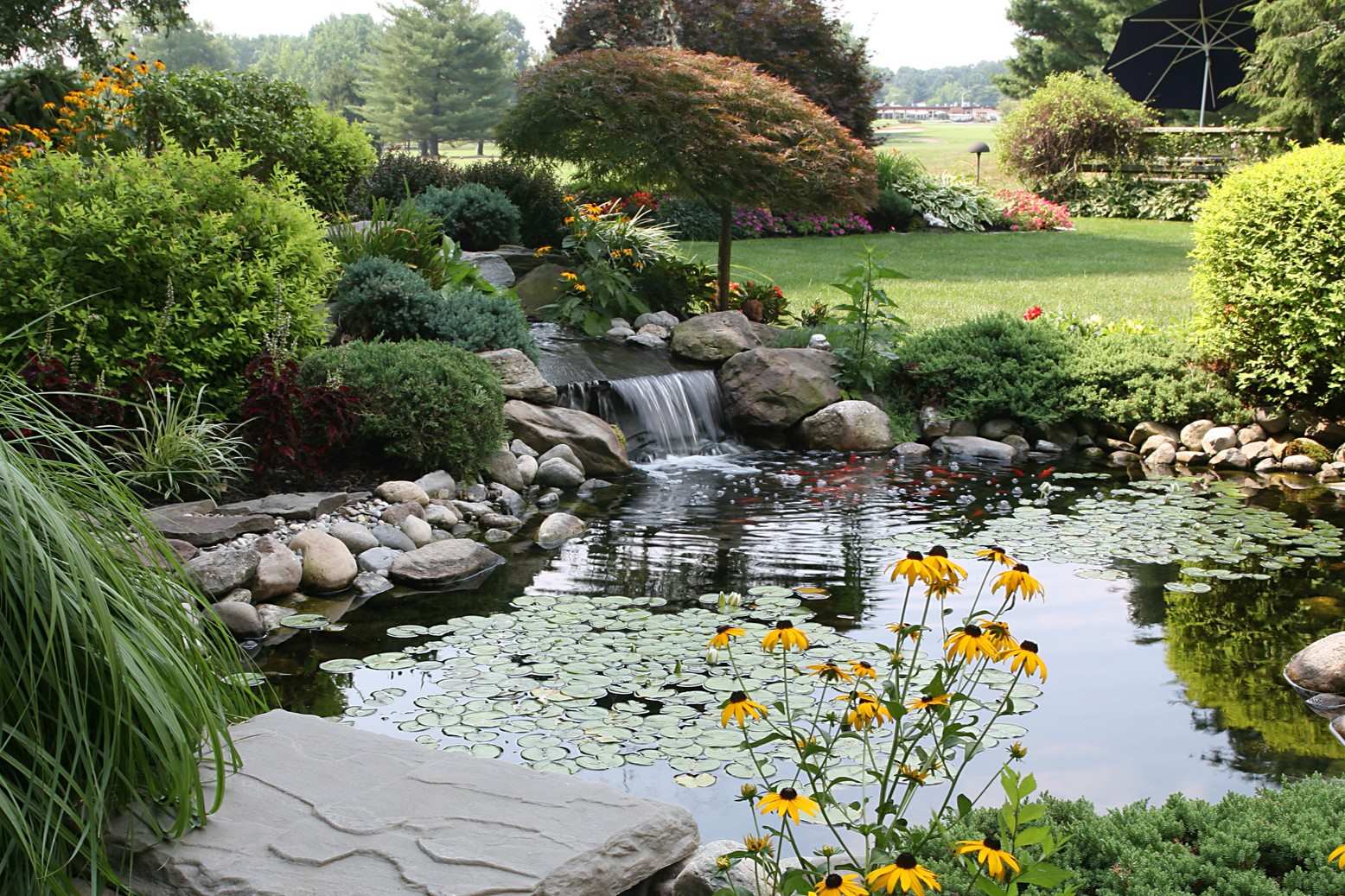
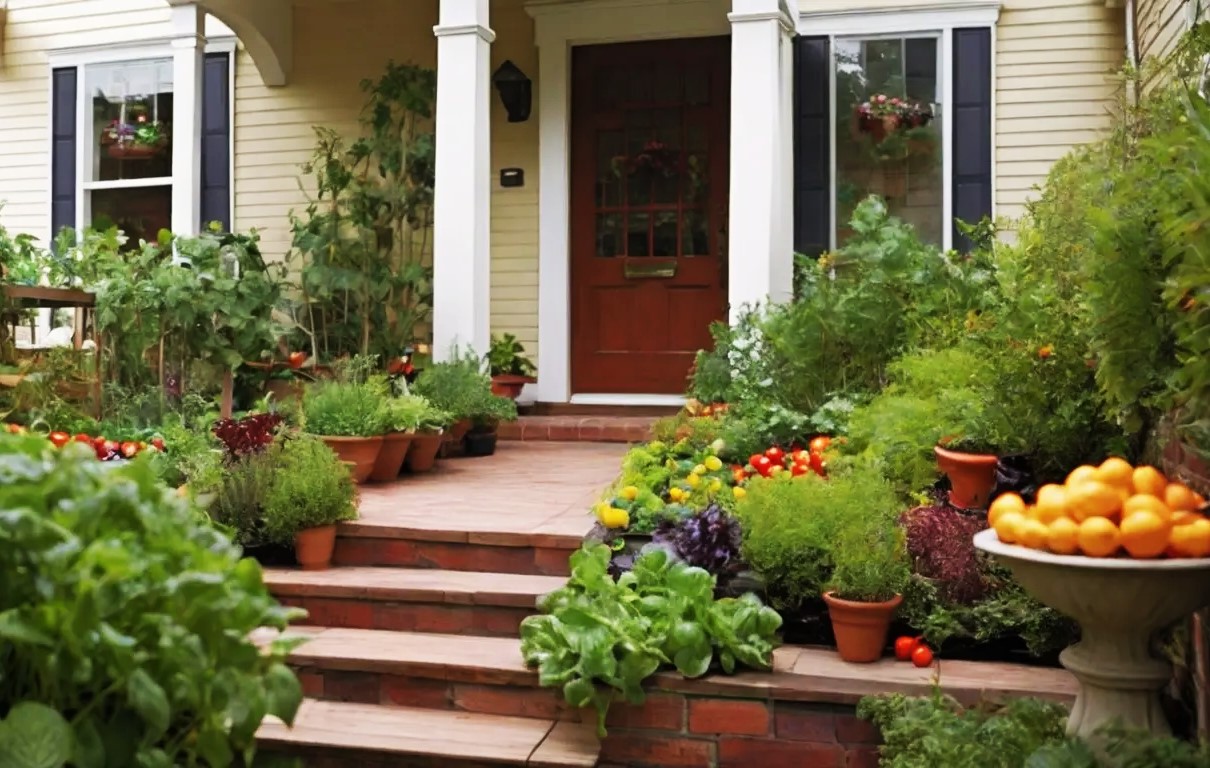
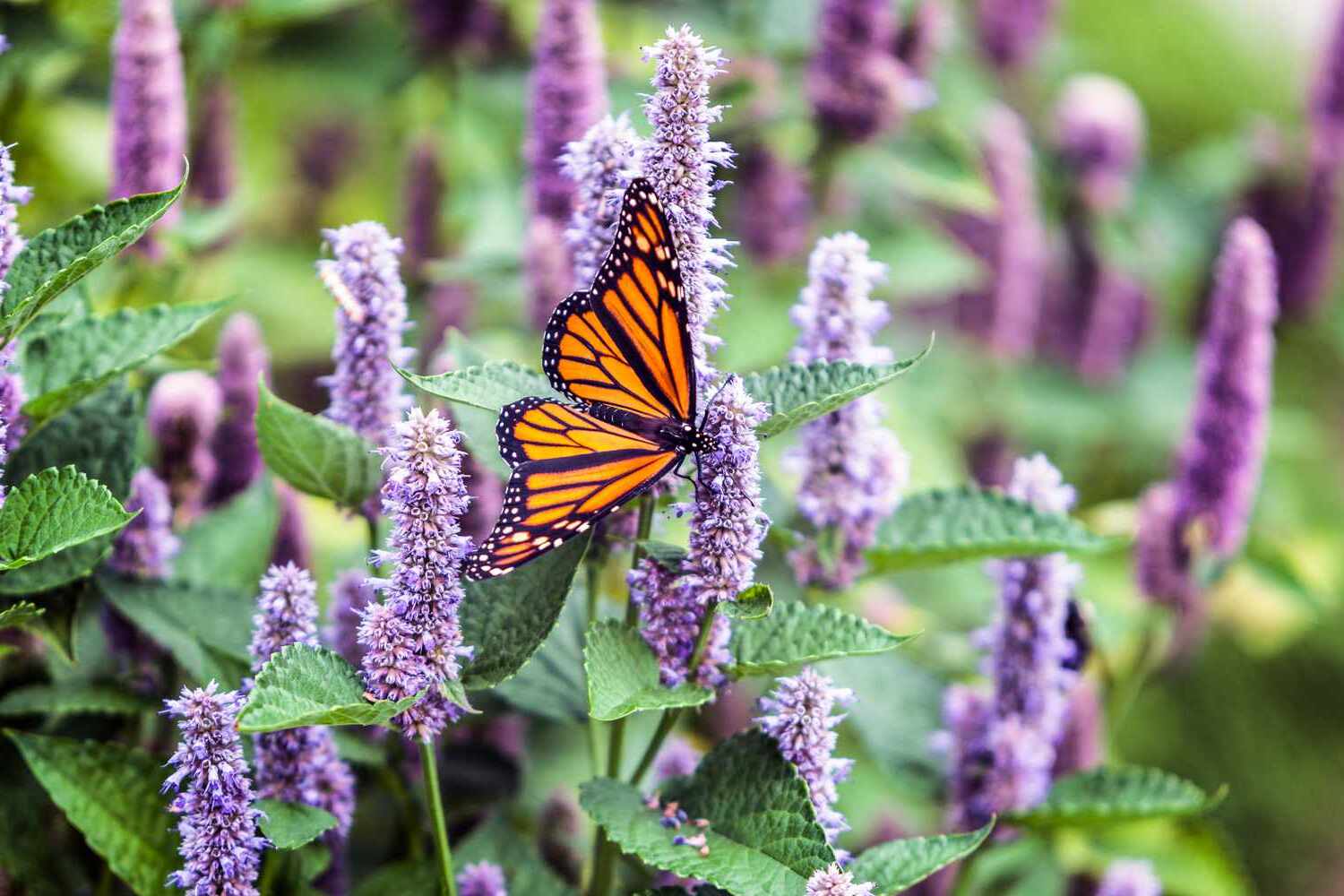
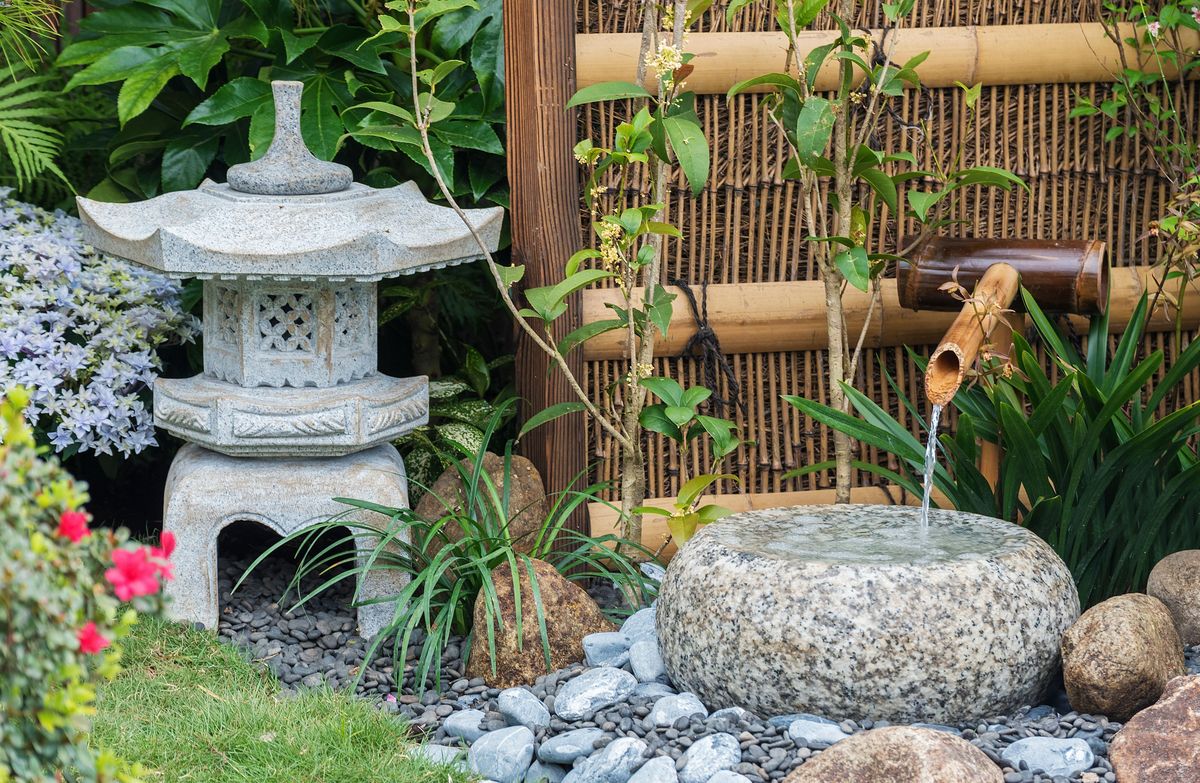

0 thoughts on “How To Design A Shade Garden”